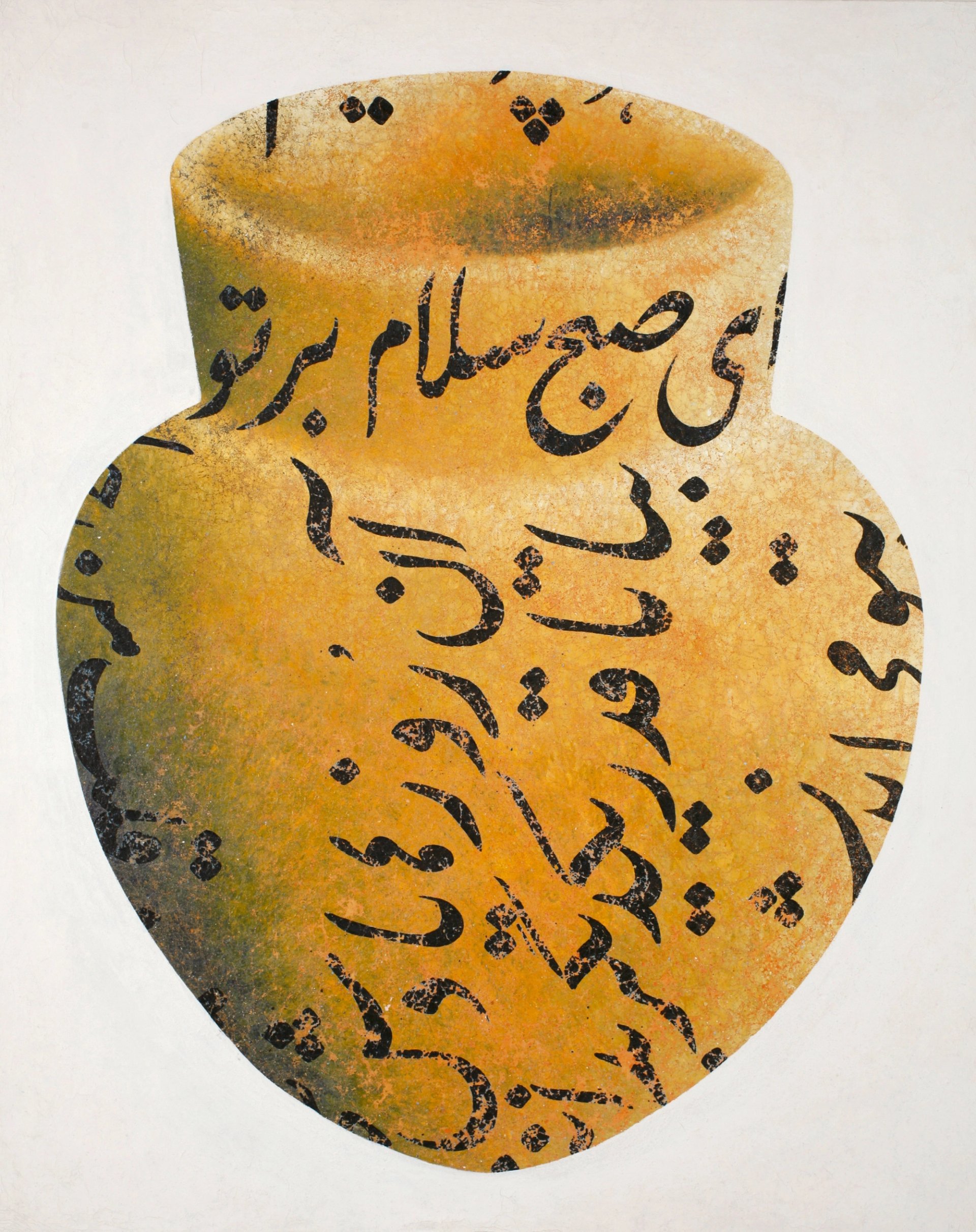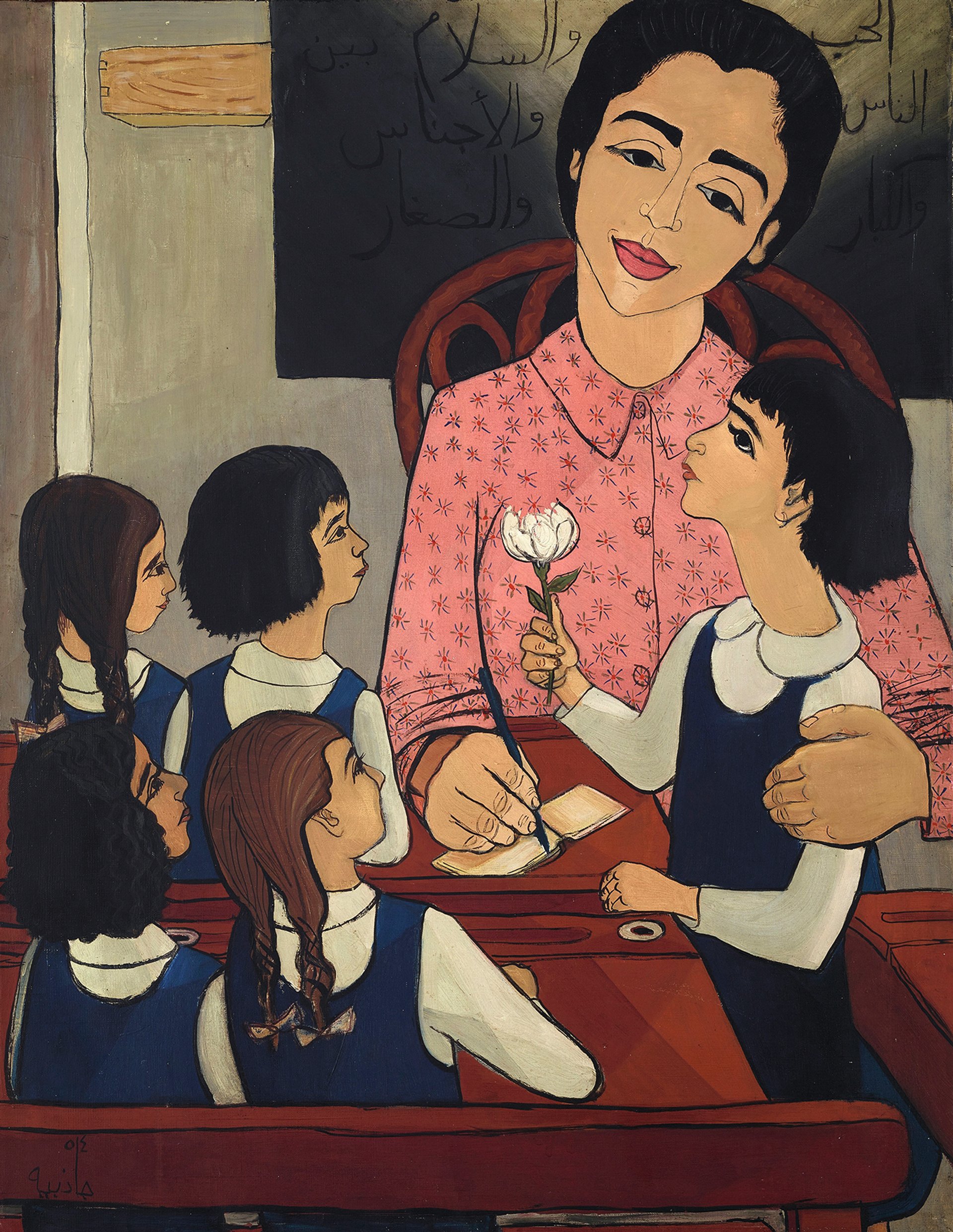New book tells the story of a century of Middle Eastern art – The Art Newspaper
Saeb Eigner’s ambitious, timely overview of Middle Eastern art from 1900 to today features more than 250 prominent and lesser-known artists, spanning Morocco in North Africa to Iran in the East. It includes detailed biographies focusing on key Modern artists such as Shafic Abboud and Bahman Mohassess as well as contemporary trailblazers such as Nabil Nahas and Shirin Neshat. Eigner tells us how he approached this complex book.
The Art Newspaper: Why was it important to write this book?
Saeb Eigner: The book’s introduction and preface provide a substantive historical overview of Middle Eastern art over the past century. The preface also reflects on my personal engagement with the region, my relationships with artists and the broader art ecosystem—including galleries, curators, museums, biennials, collectors and institutions.
I have been privileged to witness first-hand the remarkable evolution of Modern and contemporary art from the Middle East, and this book aims to share that journey with a wider audience.
The book sheds light on areas that have not been widely covered in a single volume—spanning some 22 countries, major art movements and gender representation. It serves as both a complement to previous scholarship and a valuable resource for those passionate about Modern and contemporary art from the region, while also contextualising the vibrant contemporary art scene.
Landscape (around 1990) by the late Lebanese American artist and poet Etel Adnan Courtesy of Hamzah Seirafi
Do you approach Middle Eastern art as a scholar or a collector?
While I have collected since my student days—a habit and passion that is insatiable yet one I have learned to tame!—I don’t primarily think of myself as a collector. My interest lies in engaging with artists, understanding their practices and conducting research on them. I find myself equally excited reading an artist’s entry about a work as I am about the work itself. This book is very much a tribute to them and their extraordinary bodies of work.
Additionally, Middle Eastern art has often been viewed through a narrow lens—either as political commentary or as a response to conflict. While these elements are undoubtedly present, the reality is far richer. Many of these artists engage deeply with philosophy, poetry, heritage and even digital technology, producing work that is as conceptually sophisticated as any in the West. Part of my goal is to shift the narrative and expand the appreciation of Middle Eastern art beyond these often restrictive frameworks.

Farhad Moshiri’s Greetings to You, Oh Morning (2003) Courtesy of artist and The Third Line, Dubai
How did the selection process evolve? Was the research challenging?
The selection process began by identifying the countries that needed to be covered and ensuring strong representation of female artists—an area that has not traditionally received as much attention, which is not unique to this region alone. One of the greatest challenges was acknowledging that not everyone could be included. In some cases, the absence of a well-documented or accessible estate made the decision even more difficult.
Another challenge was the sheer geographical breadth of the region. The Middle East, which in my book encompasses North Africa, is not a monolith—each country has its own rich artistic traditions, movements and trajectories. The diversity of artistic styles, influences and historical contexts meant that balancing the selection was an ongoing challenge.

Egyptian artist Gazbia Sirry’s 1954 painting L’Institutrice (the teacher) Dalloul Art Foundation
Have any schools, movements or countries been overlooked throughout history?
We tried to be as comprehensive as possible within the constraints of a single, 400-page volume. We covered key artistic movements from the Maghreb, including the Casablanca School; Egypt, which had a vibrant art scene from the early 20th century; Sudan’s Khartoum School; and the Levant, where Damascus and Beirut had thriving art scenes until the onset of the Lebanese Civil War in 1975. Iraq’s rich and diverse art scene, as well as Tehran’s pivotal Saqqakhaneh school of the 1950s, are also explored in some depth in the book.
• Saeb Eigner, Artists of the Middle East: 1900 to Now, Thames & Hudson, 400pp, £60 (hb)




